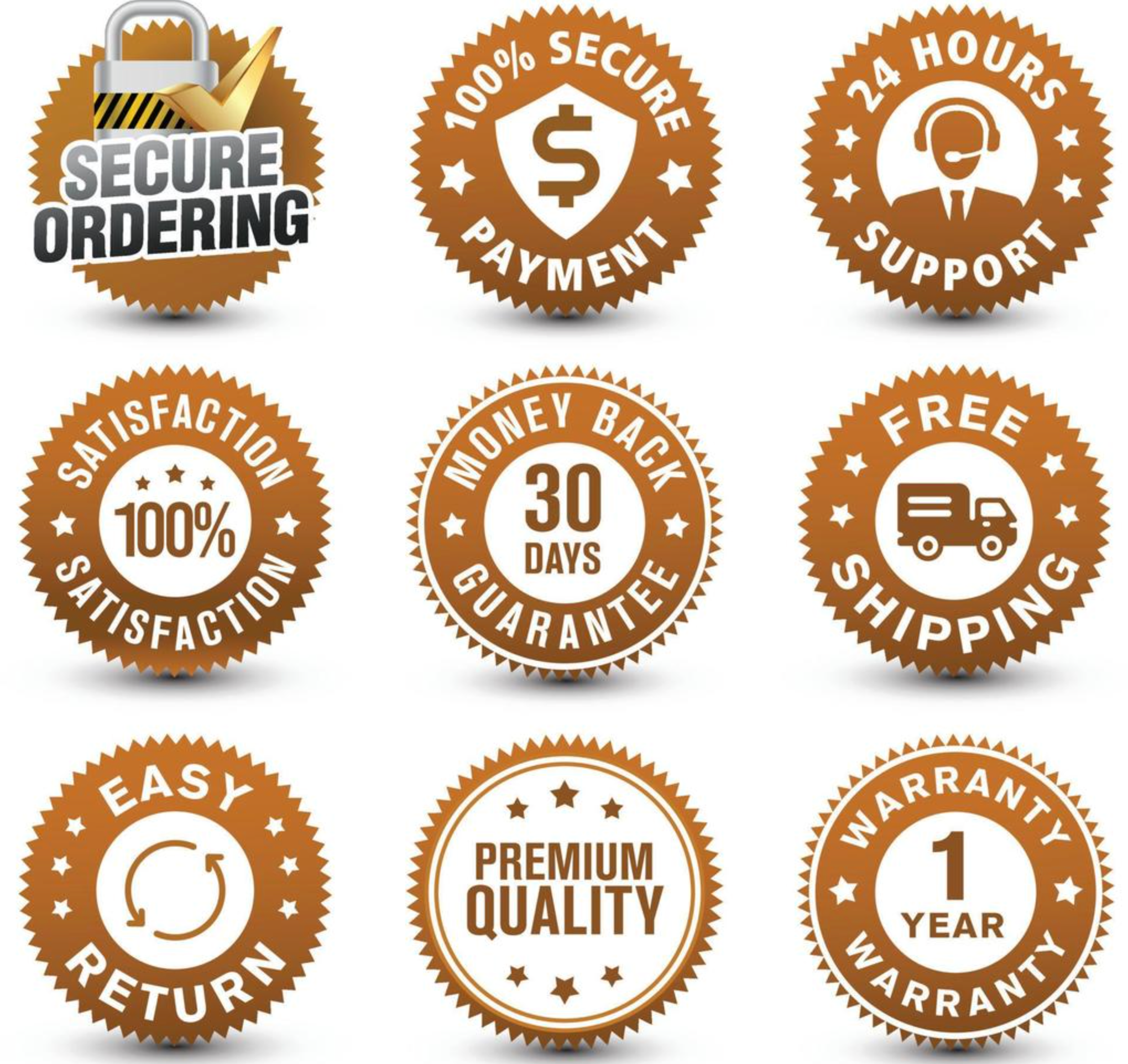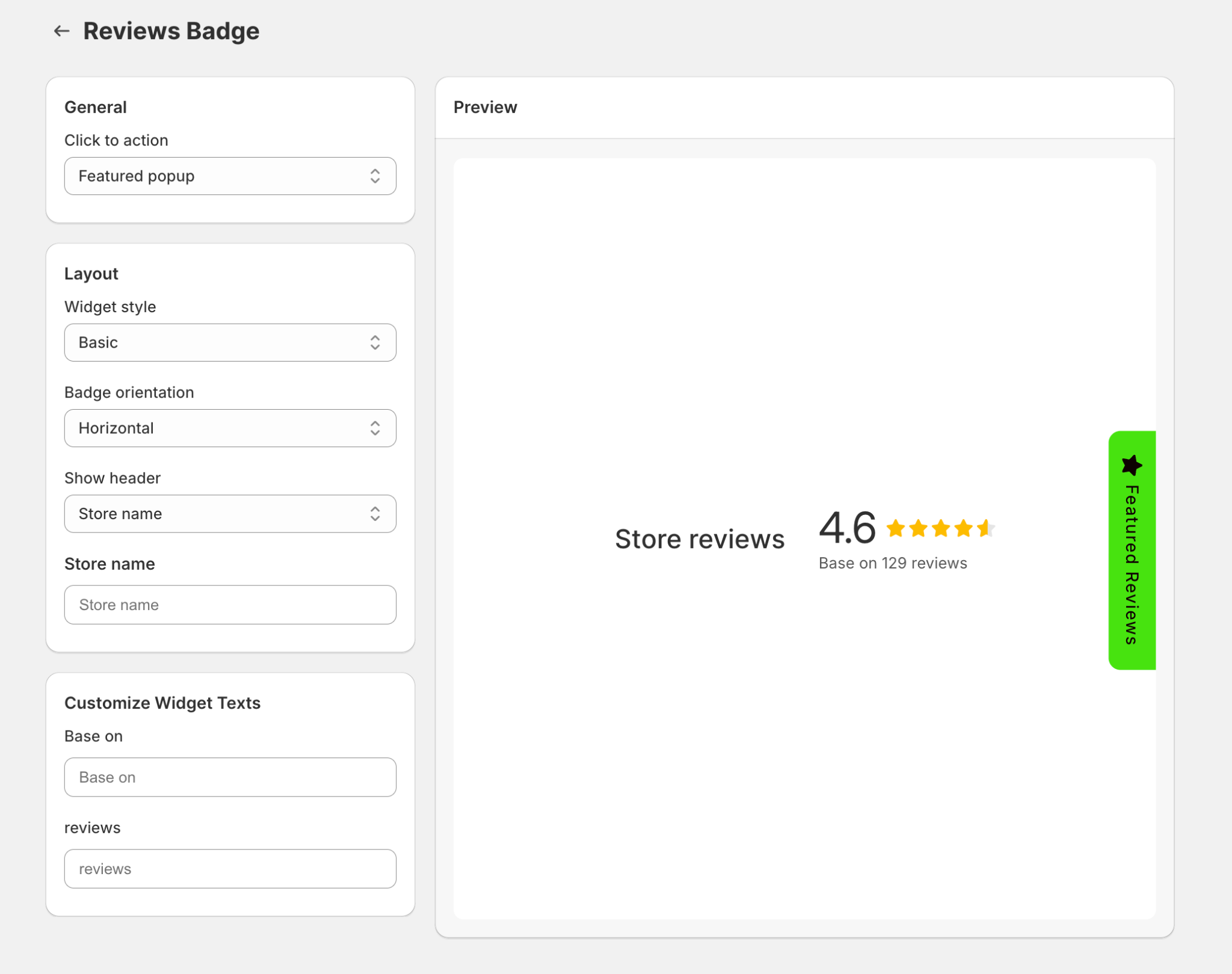
Start a free trial and enjoy 3 months of Shopify for 1 $/month on select plans. Sign up now

Building trust online is both an art and a science. When customers visit your website for the first time, they instantly start judging your credibility based on what they see. Are you a legitimate business? Is their payment safe? Will the product look like the photos? Unlike in physical stores, where customers can interact with products and people, online shoppers rely solely on visual and textual cues to assess reliability. That’s why using icons and badges strategically across your store can dramatically enhance the feeling of safety and professionalism, encouraging visitors to make a purchase with confidence.
These small but powerful design elements act as visual proof of your store’s trustworthiness. Whether it’s a “Secure Checkout” badge, a “Free Shipping” icon, or a verified customer review badge, each one subtly reinforces that your store is legitimate, transparent, and customer-friendly.
Trust icons and badges are graphic symbols or seals that communicate safety, reliability, or authenticity. They can range from security-related symbols (like SSL certificates and antivirus badges) to more emotional signals (such as verified reviews, eco-friendly icons, or satisfaction guarantees). The goal is to provide reassurance at every stage of the buyer’s journey—from browsing products to completing checkout.
For example:
On Shopify and similar platforms, these badges can easily be integrated using design tools or apps. They are often placed in areas where customers experience hesitation—like the checkout page, product detail sections, or near call-to-action buttons. When done right, trust badges help lower bounce rates, reduce cart abandonment, and increase conversion rates.
Online shoppers make split-second decisions. In fact, studies show that it takes only 0.05 seconds for users to form an opinion about a website. A clean design and the presence of trust badges can immediately make them feel safer. Without trust indicators, even a beautiful website can fail to convert, simply because customers don’t feel secure enough to proceed.
Icons and badges help bridge this psychological gap. They work as visual signals that answer customers’ unspoken questions:
Key Benefits:

There are many kinds of trust signals you can add, depending on what your store offers and what concerns your customers may have.
Security badges are among the most powerful trust signals. They tell customers that your site uses encryption and that their personal and payment information is protected. Examples include SSL Certificates, McAfee Secure, Norton Secured, and Trustwave. These are especially effective on checkout and sign-up pages, where users share sensitive data. Without them, customers may abandon their carts out of fear of fraud or hacking.
Displaying payment logos such as Visa, Mastercard, PayPal, or Apple Pay helps customers recognize and trust your payment process. When people see familiar logos, they know your store works with reputable payment providers, which immediately boosts credibility.
Icons like “Free Shipping,” “Easy Returns,” or “Fast Delivery” communicate convenience and reliability. They ease the hesitation customers often feel about extra costs or complicated return processes. A simple truck or arrow icon paired with clear text can convey this effectively.
Shoppers trust other shoppers. Displaying verified reviews and average star ratings builds social proof. With Ryviu, you can showcase authentic product reviews and ratings beautifully, strengthening the sense of reliability and transparency.

If your brand emphasizes sustainability, health, or craftsmanship, product-specific icons are essential. Use symbols for “eco-friendly,” “organic,” “handmade,” or “cruelty-free.” These resonate with customer values and help differentiate your products from competitors.
Strategic placement determines how effective your trust signals will be. The goal is to position badges where customers are most likely to feel doubt or hesitation.
Not all badges work equally well for every store. To maximize their effect, follow these best practices:
Even with good intentions, many store owners misuse trust badges. Avoid these common pitfalls:
Icons and trust badges may seem like minor design elements, but they play a major role in building credibility and driving conversions. In the digital world, where physical interaction is absent, these visual cues act as the digital equivalent of a handshake, they assure visitors that your business is authentic, secure, and dependable.
When paired with transparent policies, genuine customer reviews, and high-quality visuals, trust badges create a seamless path from interest to purchase. Tools like Lookfy can help you integrate these badges effectively into your Shopify store without compromising design consistency.
In the end, earning customer trust isn’t about flashy marketing, but it’s about quiet confidence. A few thoughtfully placed icons can make the difference between a hesitant visitor and a loyal buyer who returns again and again.